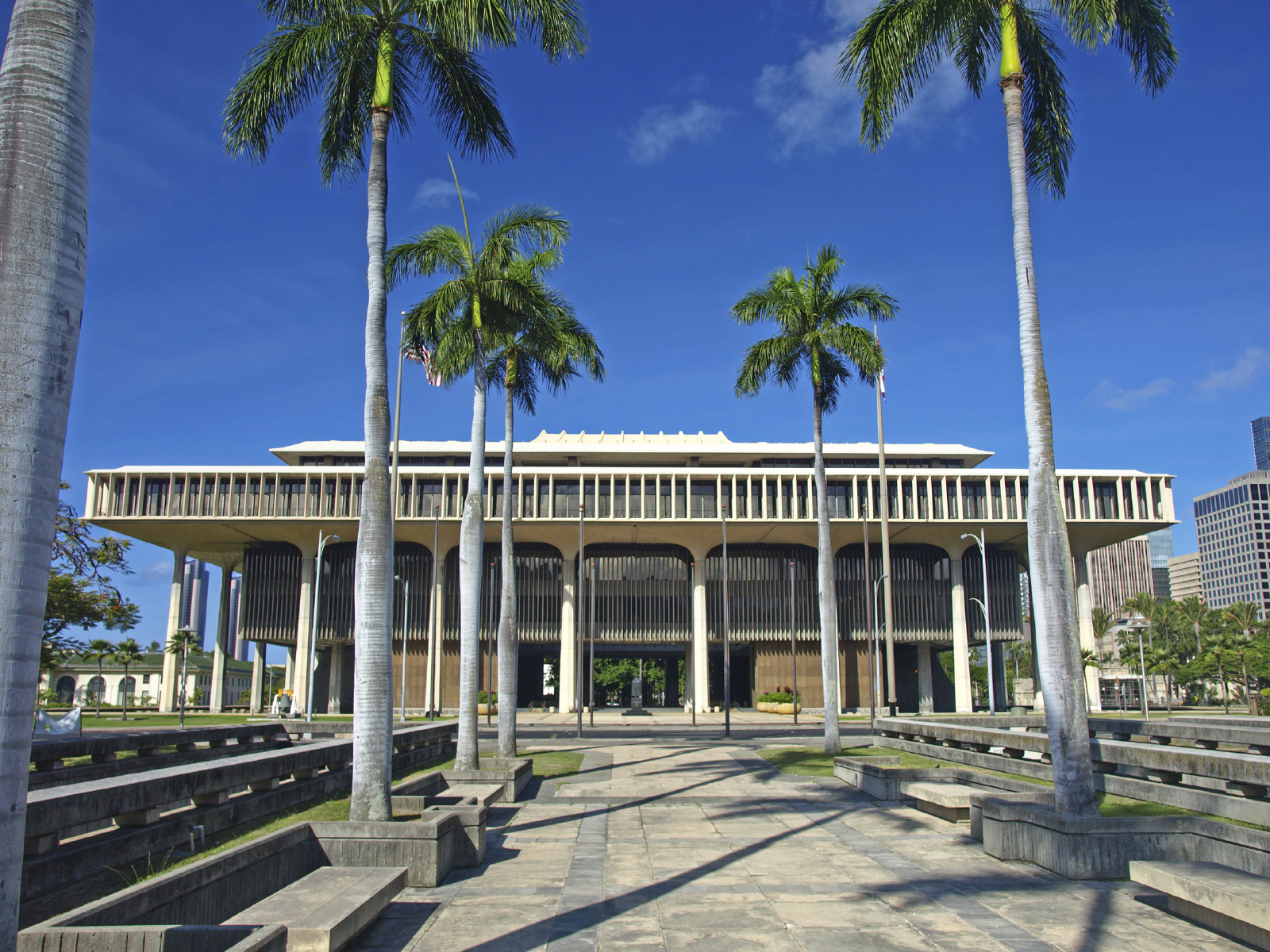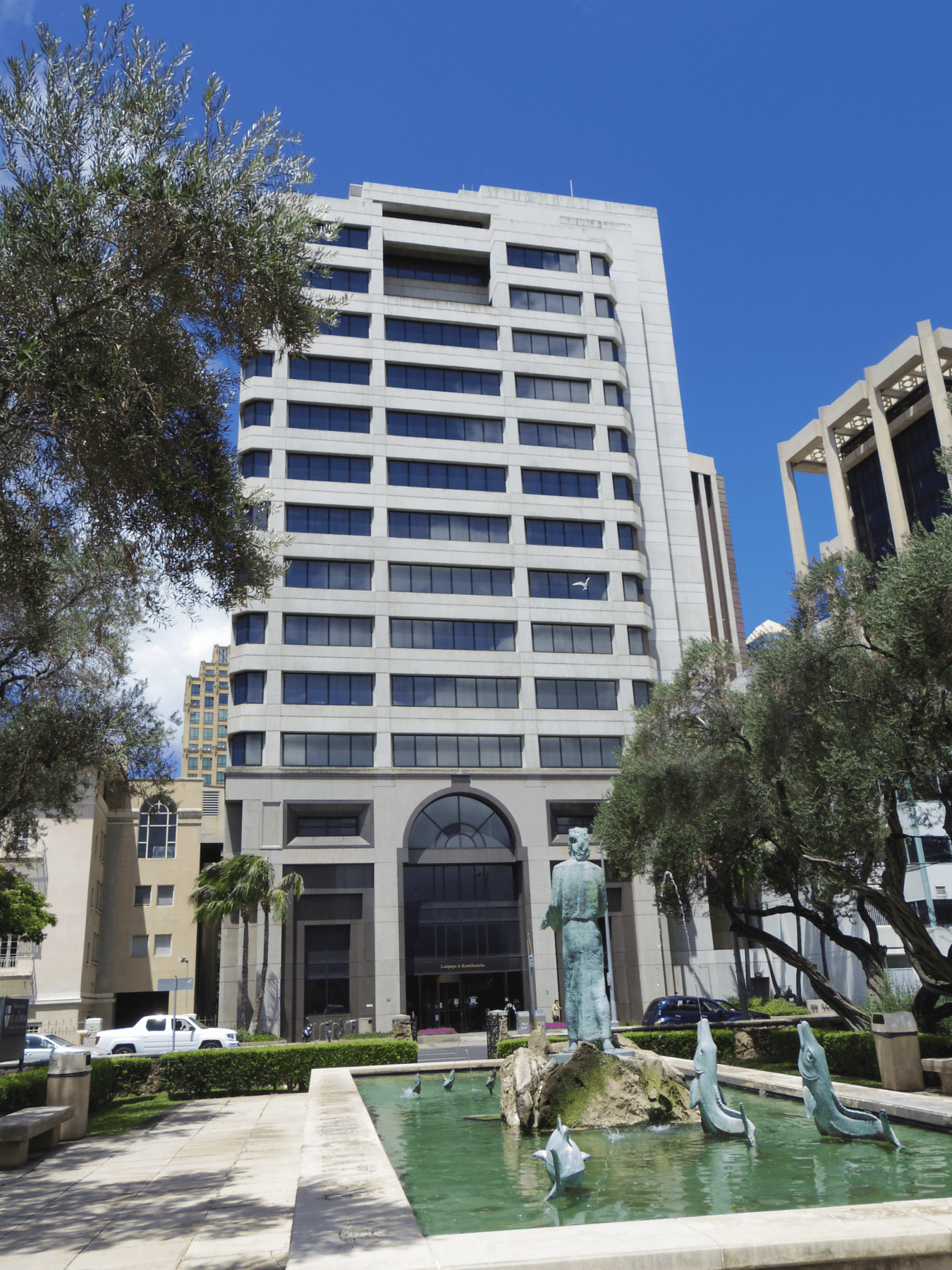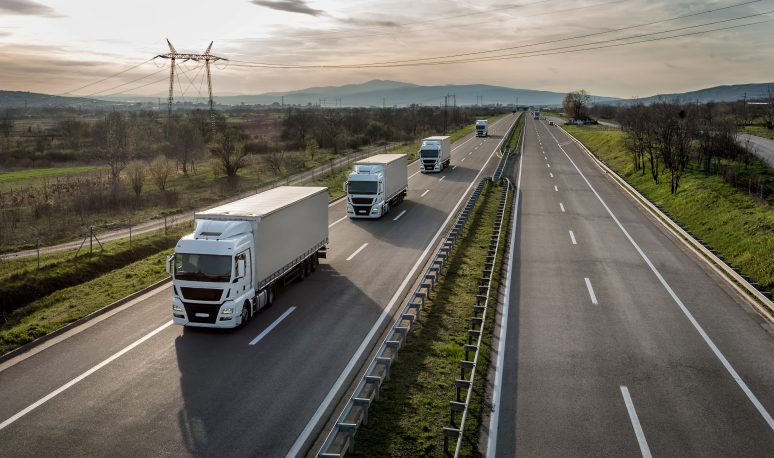
LEad By Example – State agencies
Our state energy policy is rooted in one principle: a commitment to maximize the deployment of cost-effective investments in clean energy production and management for the purpose of promoting Hawai‘is energy security.
STATE OF Hawai‘i ENERGY POLICY DIRECTIVES
Implementing energy efficiency in state agencies allows the State to lead by example when it comes to energy efficiency initiatives and energy-efficient design for new construction, which maximize the savings of taxpayer dollars that would otherwise be spent on utility bills. Under Act 239, SLH 2022, passed by the legislature, “efforts taken by universities, public schools, executive departments, and other government entities have already begun to save taxpayers money by reducing the government’s electricity costs.” Pursuant to HRS 196-31, state facilities are required to implement cost-effective energy measures by targeted dates. The Hawai‘i State Energy Office has the responsibility to encourage and assist state agencies and collect all utility bill and energy usage data, and make this information available in a publicly accessible format.
State Agency Electricity Bills
Pursuant to HRS §196-32, HSEO is required to collect all utility bills and energy usage data for state-owned facilities monthly and shall make this information available in a publicly accessible format. [L 2022, c 239, pt of §2]. To fulfill this requirement, state agency billing data is below.
HSEO continues to work with the local utilities to provide clean and easily digestible information for the public, with further improvements to available information to come.


ENERGY STAR BENCHMARKING/
BUILDING CERTIFICATION
Benchmarking is a process that involves calculating the building’s annual energy consumption per square foot, allowing buildings to be compared and identifying areas for improving energy efficiency. If a building receives a score of 75 or higher, it indicates that the building is in the top 25% of similar buildings nationally and can be certified as an ENERGY STAR® building.
To date, 416 state facilities comprised of over 2,600 individual buildings have been benchmarked using the ENERGY STAR® Portfolio Manager online tool. Over 100 state buildings have received the ENERGY STAR® label.
RESOURCE EFFICIENCY PROGRAM
This program provides an opportunity for government agencies to participate in working toward smart energy and resource-efficient operations while benefitting from lower operational and utility costs.
Get Started!
Step 1: Checklist
Fill out and submit the Resource Efficiency Program Checklist. The Checklist is a questionnaire assessing your business’s green attributes and practices. The Checklist helps businesses move beyond compliance and can act as a list of suggestions for improvement along with providing resources to help reach the highest levels of sustainability.
- Resource Efficiency Program Checklist
- Submit electronically to Gail Suzuki-Jones
- Await results notification
Step 2: Site Visit
Depending on the results from the Enrollment Application and Checklist, a site visit may be scheduled. Working in coordination with the Hawai‘i DOH and DBEDT, an auditor will contact and work with state agencies to verify responses to the Enrollment Application and Checklist with an in-person site visit.
Then what? Maintain Recognition
Recognition is valid for one (1) year. Recognized agencies are encouraged to submit updated checklists annually, but at least once every five years.

